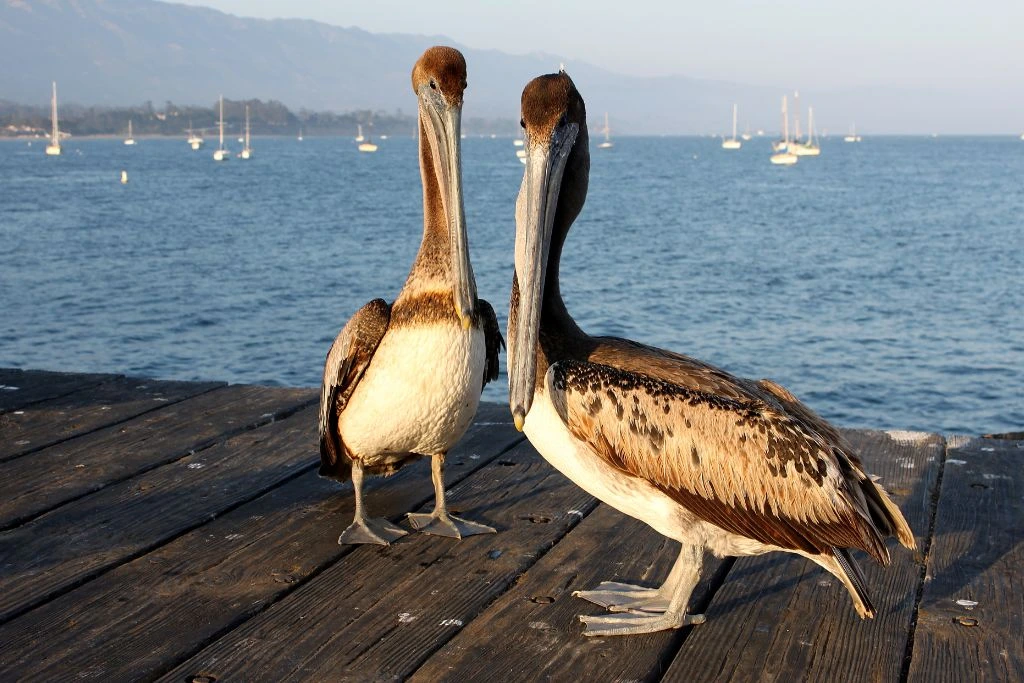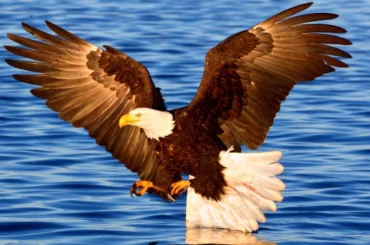The energy and excitement of shorebirds are incredible. They are entertaining to see and monitor due to their extravagant mating rituals and ferocious territory defense. Unfortunately, it might be challenging to recognize shorebirds.
California has the third-longest coastline in the US, at 840 miles. In addition to enjoying California’s sunny beaches, birdwatchers have a great opportunity to see dozens of magnificent seabirds.
To learn more about these wonderful creatures, keep reading. These birds are well-adjusted to nesting and thriving in coastal areas.
1. Heermann’s Gull
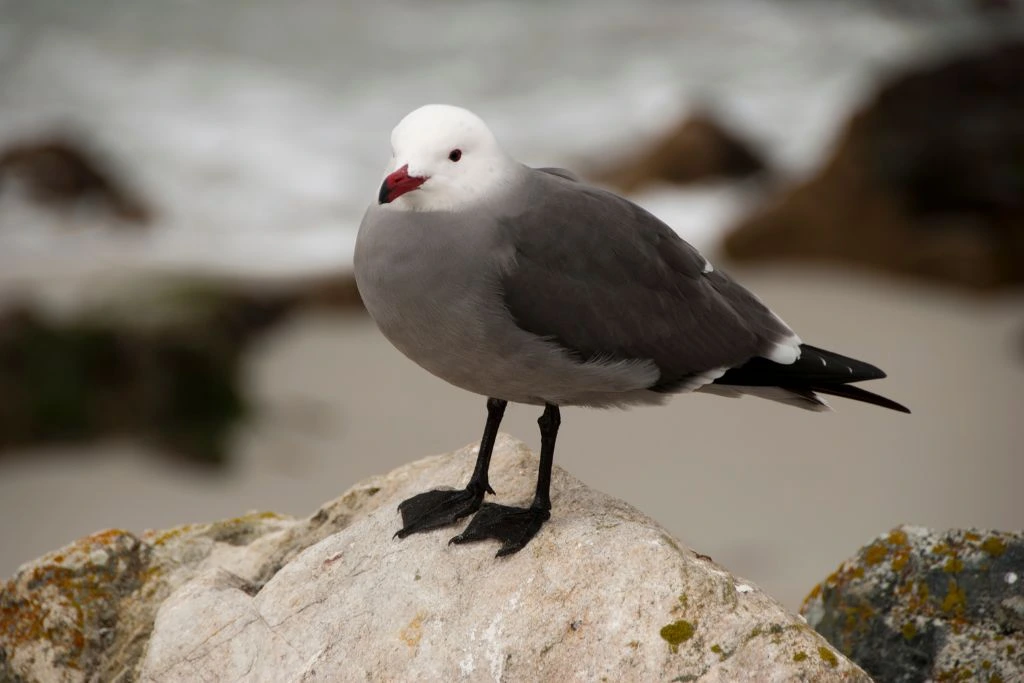
- Kingdom: Animalia
- Phylum: Chordata
- Class: Aves
- Order: Charadriiformes
- Genus: Larus
- Species: Larus heermanni
- Length: Between 18.1 and 20.9 inches
- Weight: Between 13.1 and 22.7 ounces
- Wingspan: Between 40.9 and 45.3 inches
California is home to the Heermann’s gull during the summer months of June through September. It features a white head, a bright red bill, and a gray body, with a pale gray underside. It is simple to recognize from other gulls, thanks to its white head.
It snatches the brown pelican’s catch and is frequently spotted with flights of terns and other gulls. This bird typically catches fish in flight and feeds on fish, crabs, marine invertebrates, and lizards.
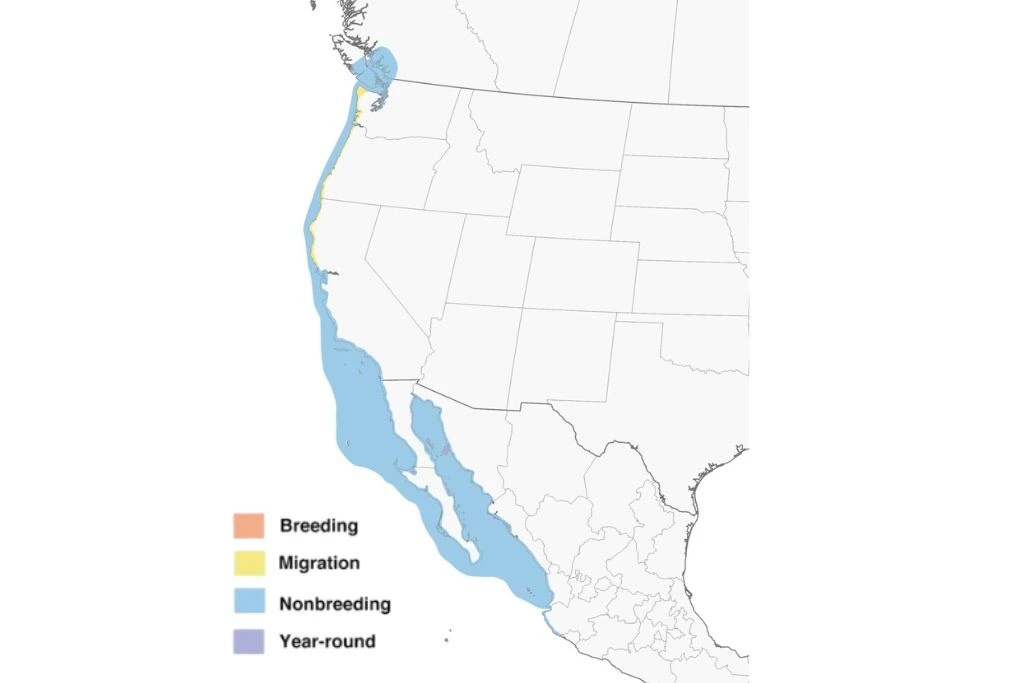
2. Willet
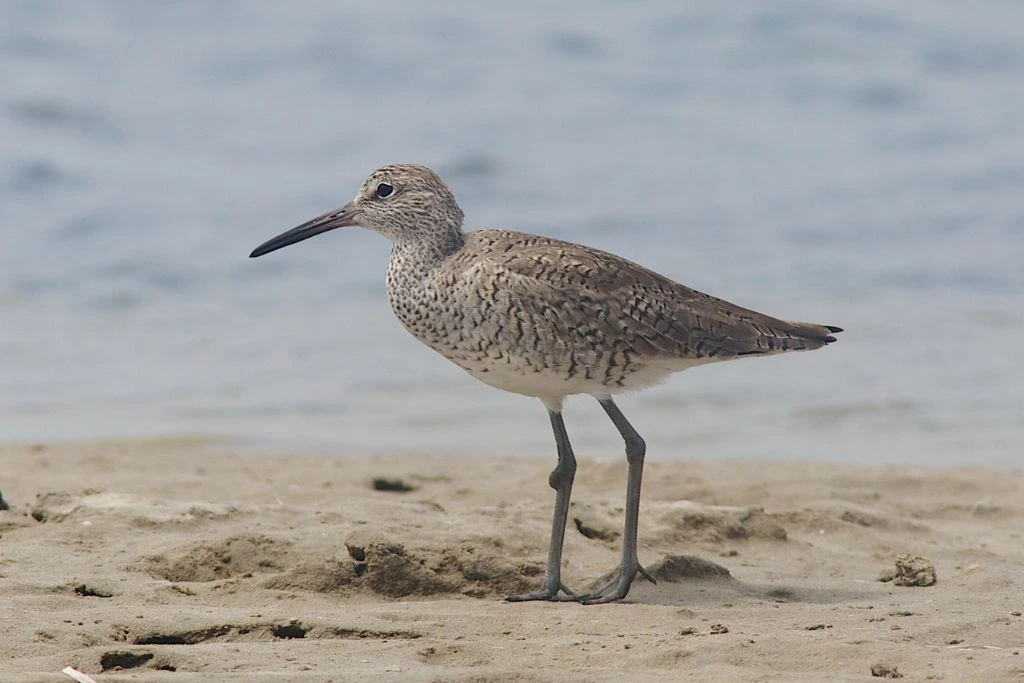
- Kingdom: Animalia
- Phylum: Chordata
- Class: Aves
- Order: Charadriiformes
- Genus: Tringa
- Species: Tringa semipalmata
- Length: Between 13 and 16.1 inches
- Weight: Between 7 and 11.6 ounces
- Wingspan: About 27 inches
During willet’s non-breeding season, California is its winter home. The shorebird is robust and stocky, with gray or brown feathers and white and black wing stripes. The feathers start to mottle in the summer.
This bird can frequently be observed by itself exploring the stony shores in search of worms, crabs, and clams. It often constructs its nest close to the water’s edge and has a delicate bill tip that aids in foraging for food day and night. It may also be found near inland wetlands like marshes.
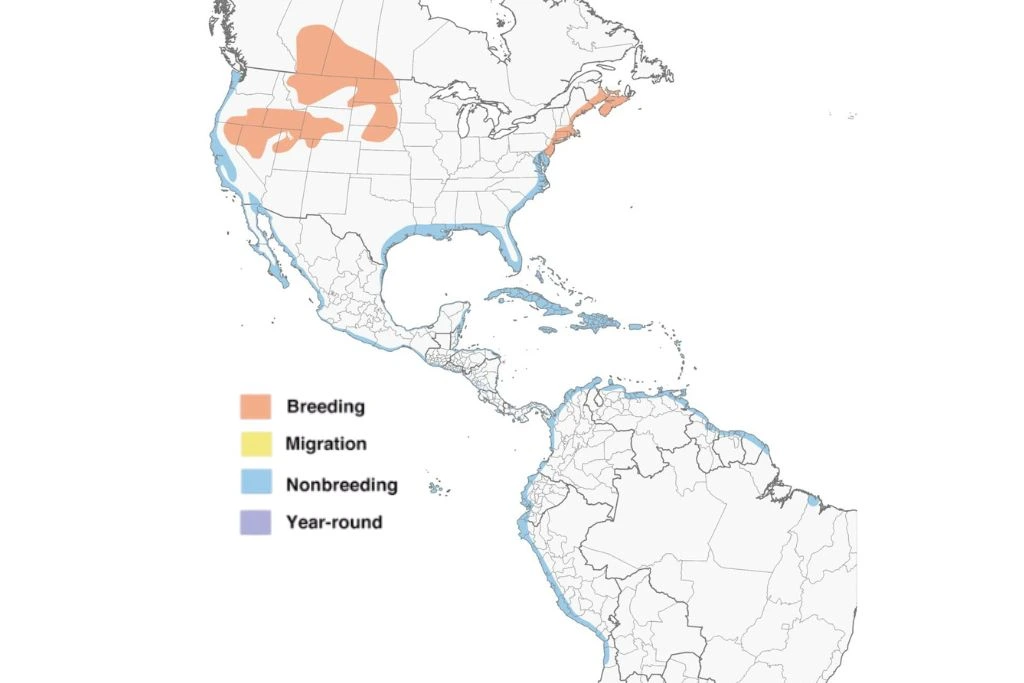
3. Black Oystercatcher
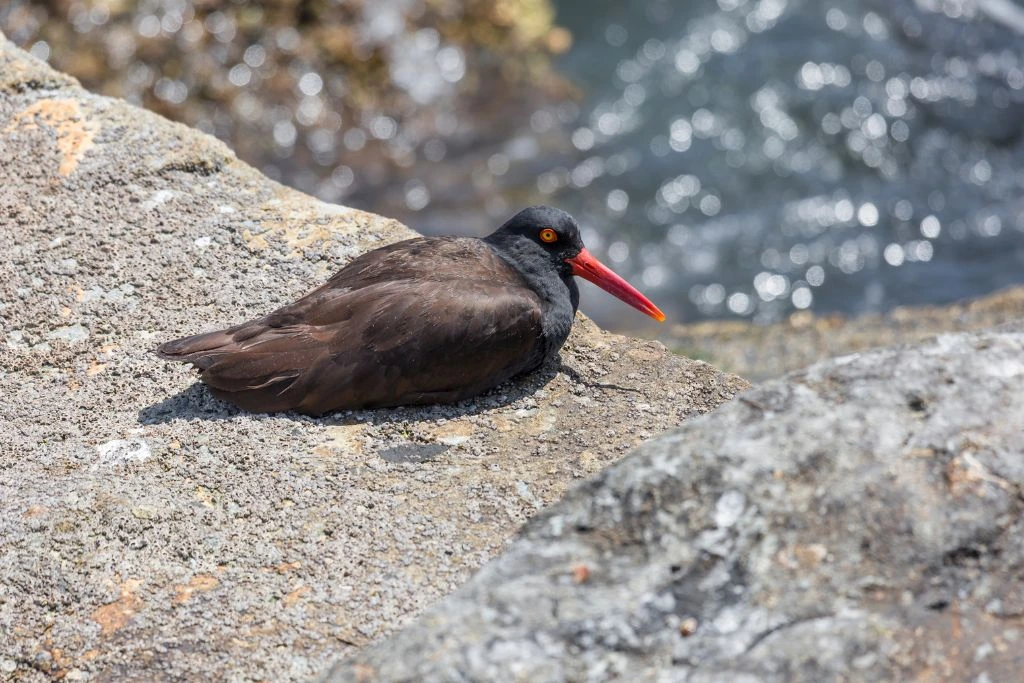
- Kingdom: Animalia
- Phylum: Chordata
- Class: Aves
- Order: Charadriiformes
- Genus: Haematopus
- Species: Haematopus bachmani
- Length: Between 16.5 and 18.5 inches
- Weight: Between 17.6 and 24.7 ounces
- Wingspan: Between 28 and 36 inches
California is home to the black oystercatcher, a year-round inhabitant with black plumage, an orange-red bill, with pale pink legs. It lives in the Channel Islands and loves to stay on stony coasts.
Despite its name, it rarely eats oysters and primarily consumes crabs, clams, and limpets. By severing the abductor muscle that keeps shells closed, it uses its powerful bill to break shells. It searches for prey by walking slowly at low tide. Looking closely, you can see this bird on flat, stony reefs. It also whistles a peculiar cry.
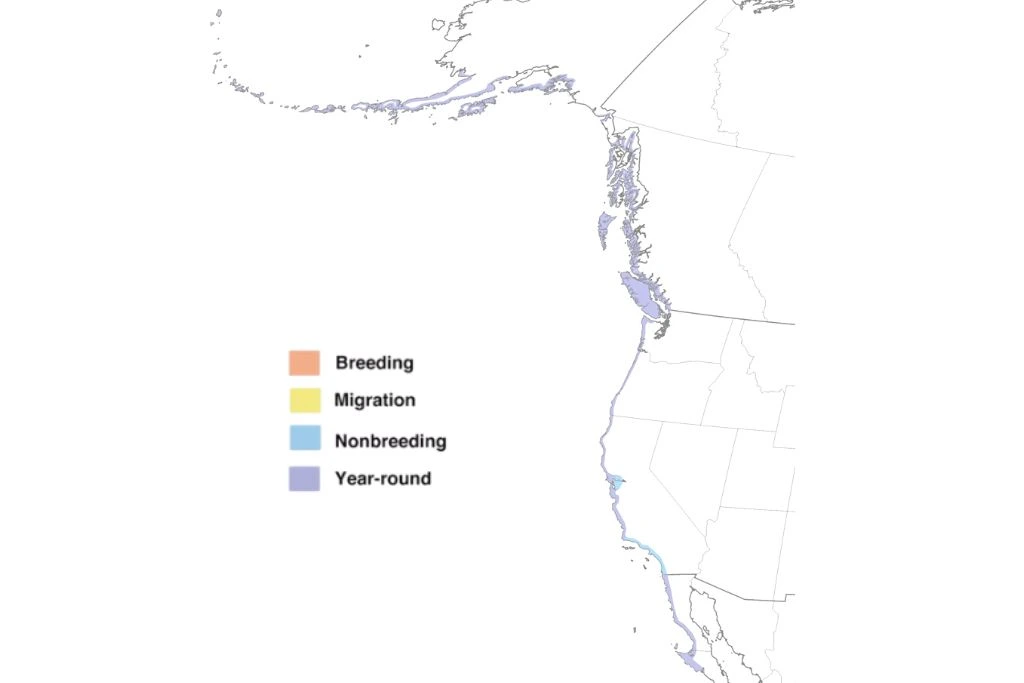
4. Scripps’s Murrelet
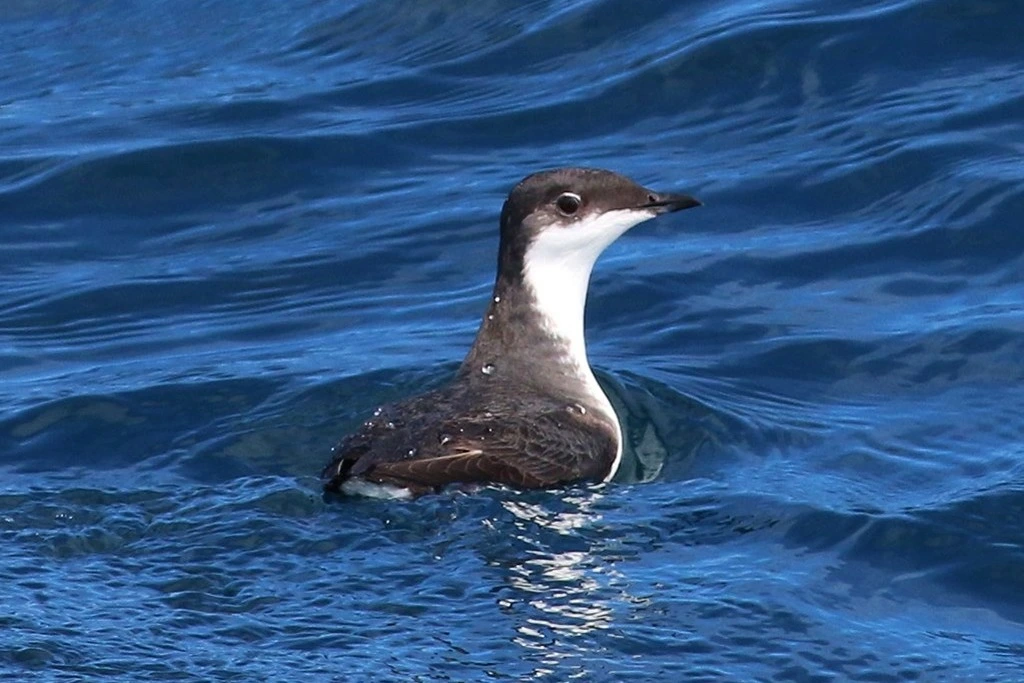
- Kingdom: Animalia
- Phylum: Chordata
- Class: Aves
- Order: Charadriiformes
- Genus: Synthliboramphus
- Species: Synthliboramphus scrippsi
- Length: About 6 ounces
- Weight: Between 16 and 19 ounces
- Wingspan: About 15 inches
Source: The Cornell Lab | Macaulaylibrary.org
Along the coasts of California and Mexico, Scripps’s murrelet can be found, including large colonies on Santa Barbara Island, home to about 80% of the US population. Due to oil spills, it is currently regarded as a threatened species.
It is a little bird with a black body and a white underside that typically forages near or in the water. It can move quickly underwater to capture its prey because of its powerful wings. This bird feeds in couples and returns to its nest at night. Since one breeding pair member will remain in the nest, unconnected pairs can also work together for feeding.
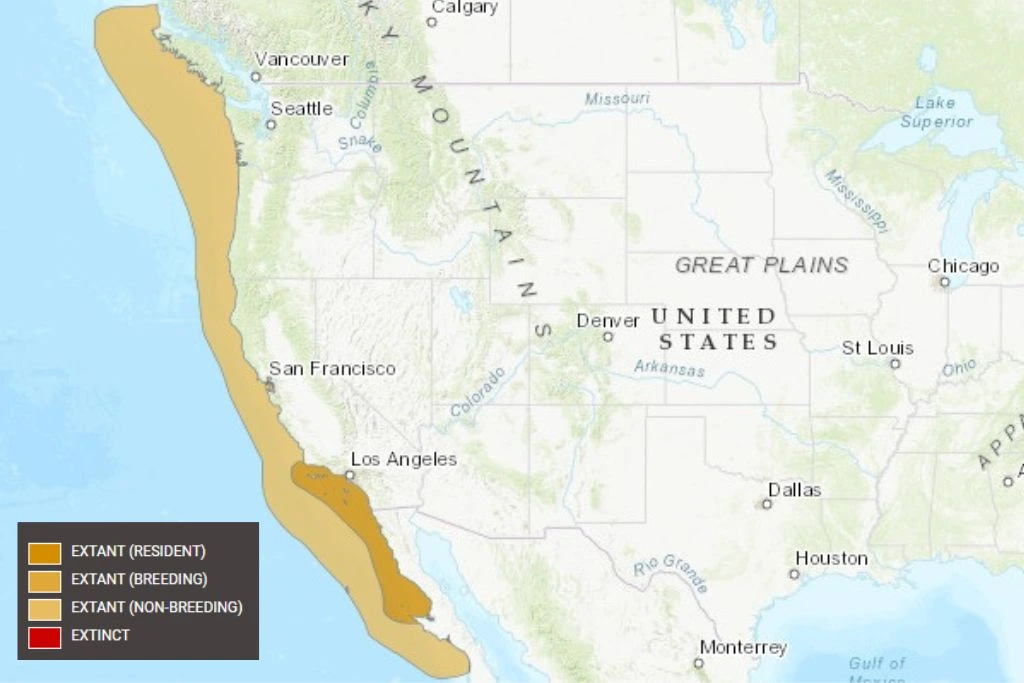
5. Pigeon Guillemot
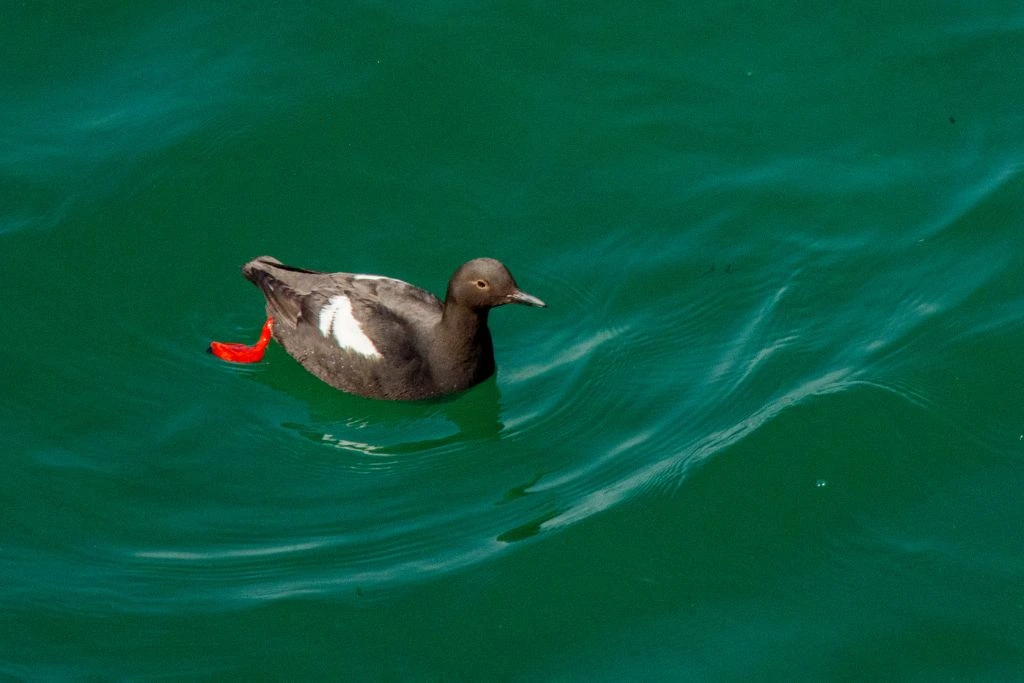
- Kingdom: Animalia
- Phylum: Chordata
- Class: Aves
- Order: Charadriiformes
- Genus: Cepphus
- Species: Cepphus columba
- Length: Between 12 and 15 inches
- Weight: Between 16 and 19 ounces
- Wingspan: Between 21.6 and 23.2 inches
This crow-sized bird has reddish-orange legs and practically all-white patterns on its upper wings, which males display during mating season. From late February to late August, the pigeon guillemot can be seen in Monterey Bay on California’s Central Coast and Channel Islands National Park.
The female often lays either one or two eggs, mostly on the ground or on a bed of pebbles and seashells, where it normally nests in rocky nooks and tolerates man-made constructions, like pipes. The parents often bring single fish to nourish the young birds, which eat fish, crabs, and worms.
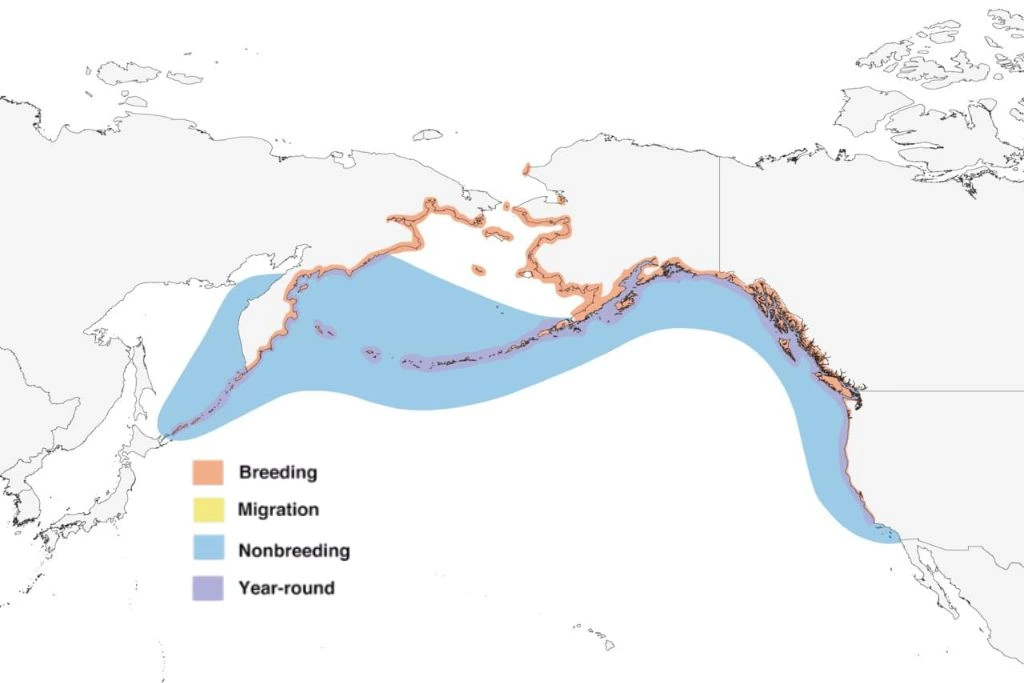
6. Cassin’s Auklet
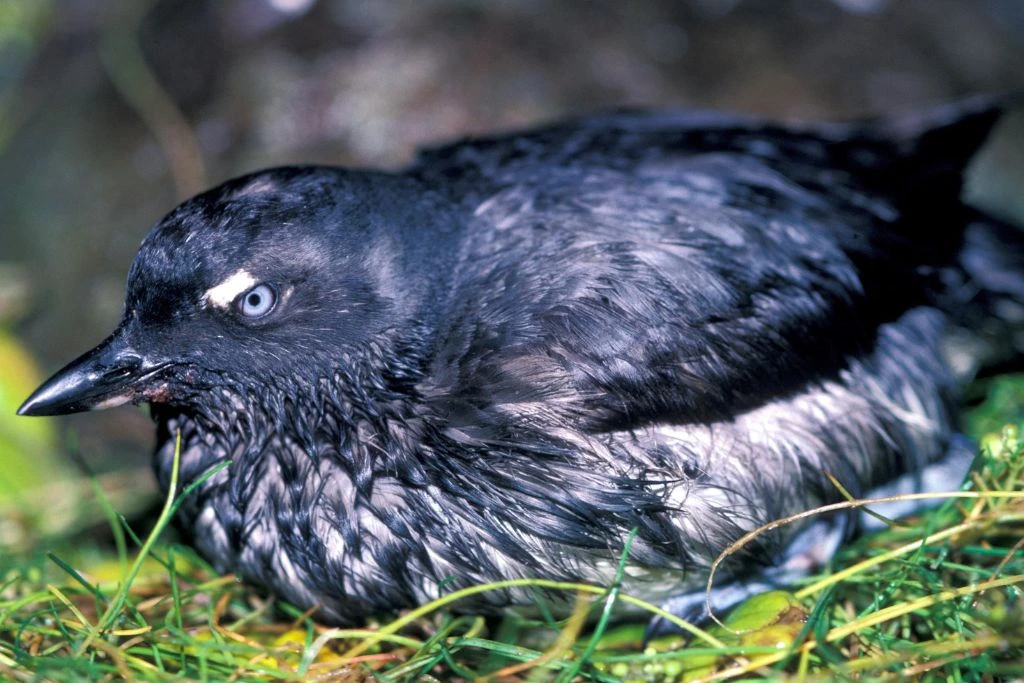
- Kingdom: Animalia
- Phylum: Chordata
- Class: Aves
- Order: Charadriiformes
- Genus: Ptychoramphus
- Species: Ptychoramphus aleuticus
- Length: About 9.1 inches
- Weight: Between 5.3 and 7.1 ounces
- Wingspan: About 24.4 inches
Source: The Cornell Lab | Macaulaylibrary.org
The Cassin’s auklet is a dark gray bird, with a white belly and a paler underside. It calls the Channel Islands home because they offer the necessary seclusion for the bird population to remain stable.
It can be found in extremely crowded colonies where birds build tunnels and nest in rocky crevices. However, it typically chooses locations far from larger birds, such as rhinoceros auklets, which might destroy and inhabit the nest.
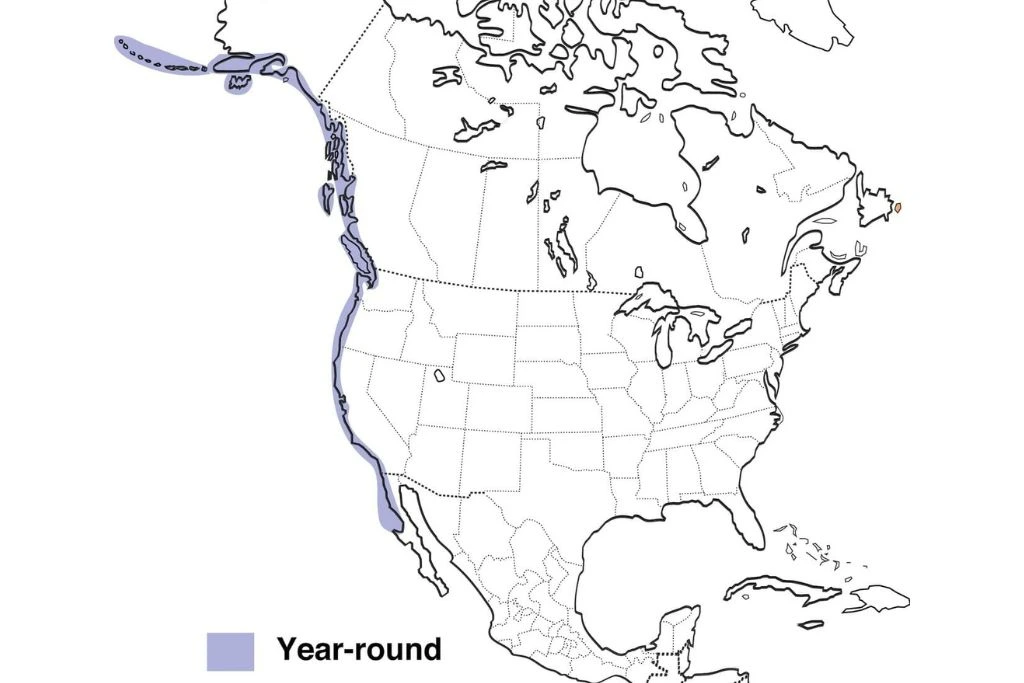
7. Brandt’s Cormorant
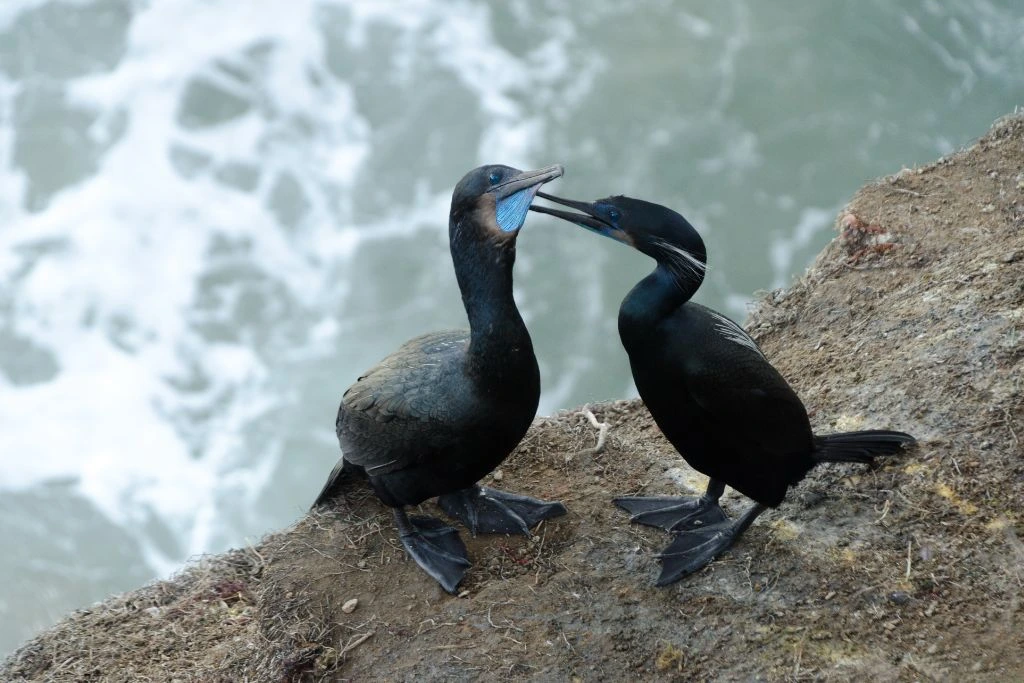
- Kingdom: Animalia
- Phylum: Chordata
- Class: Aves
- Order: Suliformes
- Genus: Urile
- Species: Urile penicillatus
- Length: About 34 inches
- Weight: About 4.6 pounds
- Wingspan: About 4 feet
The largest breeding colony of the Brandt’s cormorant, which has a breeding range that encompasses the whole Pacific Coast, is located on San Miguel Island within Channel Islands State Park. It is a black bird with bristly white feathers on the neck and shoulders and a vivid cobalt-blue throat. Large flocks of these birds typically graze together, frequently with seabirds and other aquatic creatures.
To capture fish and shellfish beneath underwater structures, they dive deeper than 200 feet. This seabird can be seen on the cliffs and offshore boulders. When it captures its victim, it uses its beak to crush it before swallowing it whole. This bird swims beneath the schools it targets to force the schools to the surface so they can be captured more easily.

8. Surf Scoter
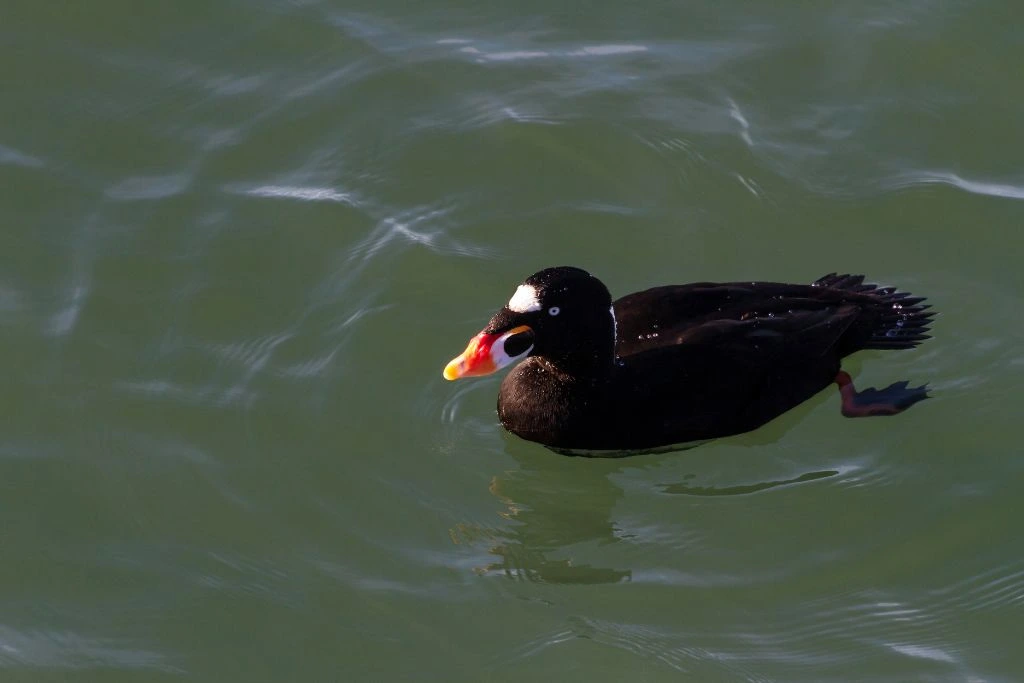
- Kingdom: Animalia
- Phylum: Chordata
- Class: Aves
- Order: Anseriformes
- Genus: Melanitta
- Species: Melanitta perspicillata
- Length: About 19 inches
- Weight: Between 2 and 2.3 pounds
- Wingspan: About 30 inches
Particularly between October and April, the surf scoter spends the winter months along the California coast. They can also be spotted in late September and early May. Male birds are jet-black with white, tangerine, and black bills. Both sexes of birds have white patches just on the forehead and rear of the head, while females are brown with gray bills.
Mollusks, crabs, and marine invertebrates are the main food sources for this bird, which often forages in the morning or evening. Migrating north to Alaska and Canada, where it lays near freshwater lakes, it does not breed in California.
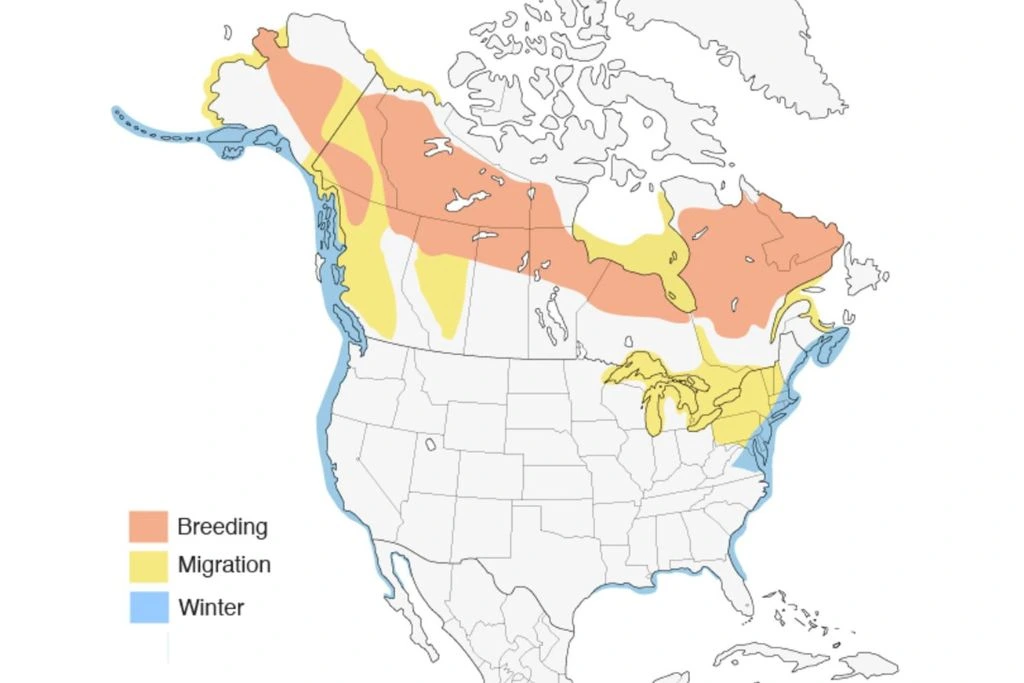
9. Ashy Storm Petrel
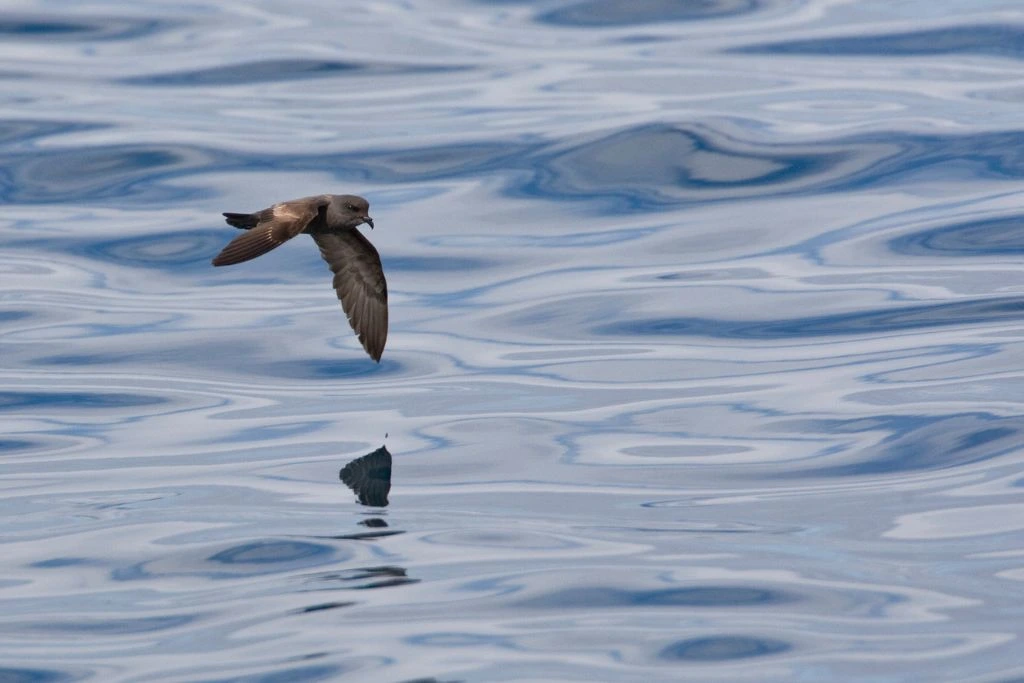
- Kingdom: Animalia
- Phylum: Chordata
- Class: Aves
- Order: Procellariiformes
- Genus: Hydrobatidae
- Species: Hydrobates homochroa
- Length: About 8 inches
- Weight: About 1.3 ounces
- Wingspan: About 18 inches
The grayish-brown ashy storm petrel has a forked tail. It spawns on the islands off the coast of California, and it’s classified as critically endangered with only 10,000 individuals in its confined area.
Local catastrophes, like an oil spill, significantly affect the ashy storm petrel. Mammalian predators, like cats and mice, also pose a hazard to the nesting colonies of this bird.
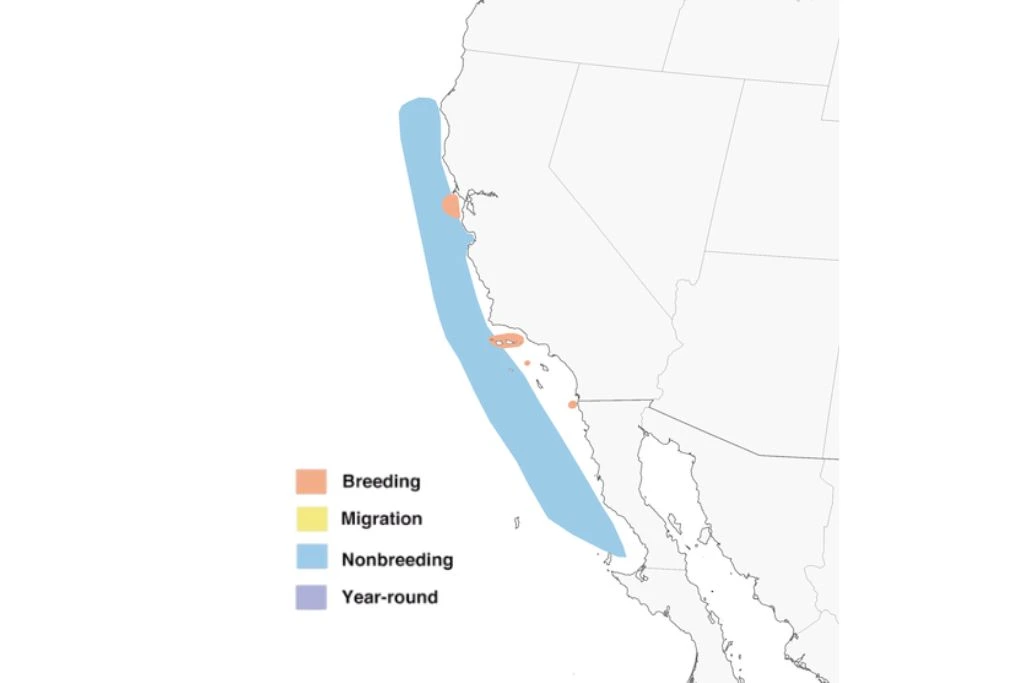
10. Western Snowy Plover
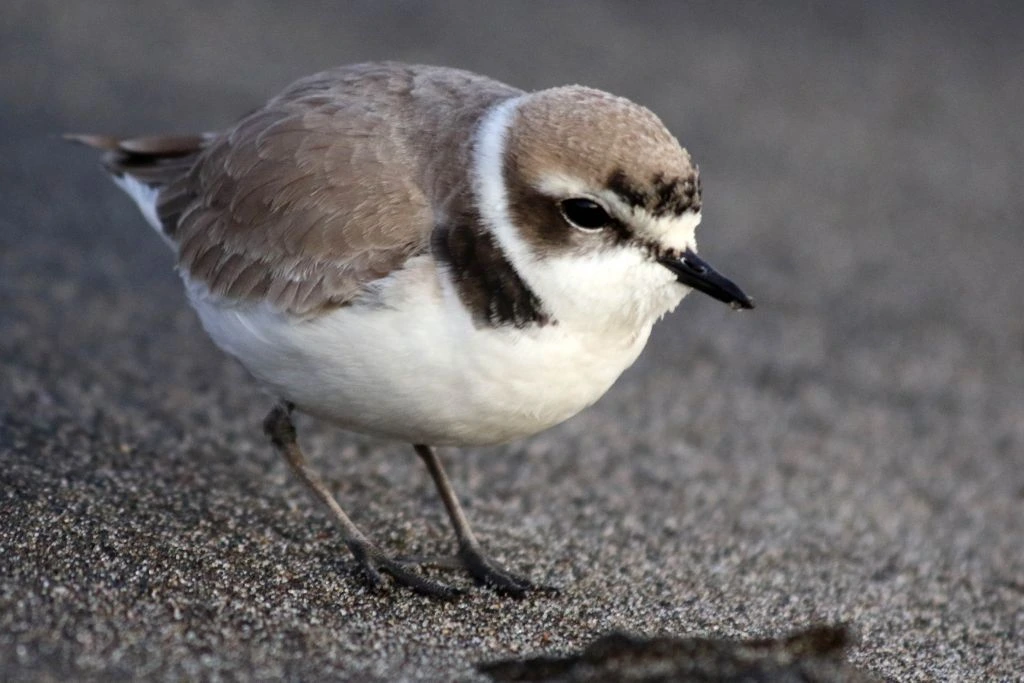
- Kingdom: Animalia
- Phylum: Chordata
- Class: Aves
- Order: Charadriiformes
- Genus: Charadrius
- Species: Charadrius nivosus
- Length: Between 5.9 and 6.7 inches
- Weight: Between 1.1 and 2 ounces
- Wingspan: Between 13.4 and 17 inches
This tiny bird has a white underside and a light sandy brown top. It can be seen along California’s coastlines from March to September. Whole beaches in Central California have been designated as nesting grounds. To protect the population of this shorebird, access to these regions is entirely prohibited by people.
The western snowy plover scavenges along sandy beaches for crabs, clams, parasitic insects, and crustaceans, frequently concentrating on wetter sand exposed by the tide. It hunts actively, using its keen vision to identify its prey.
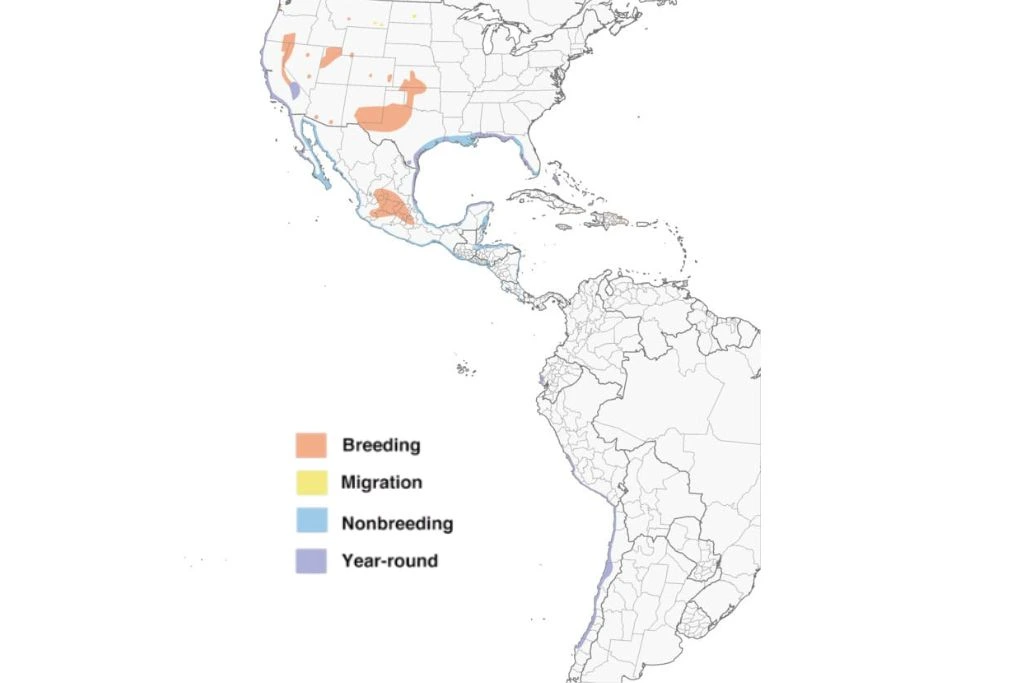
11. Western Grebe
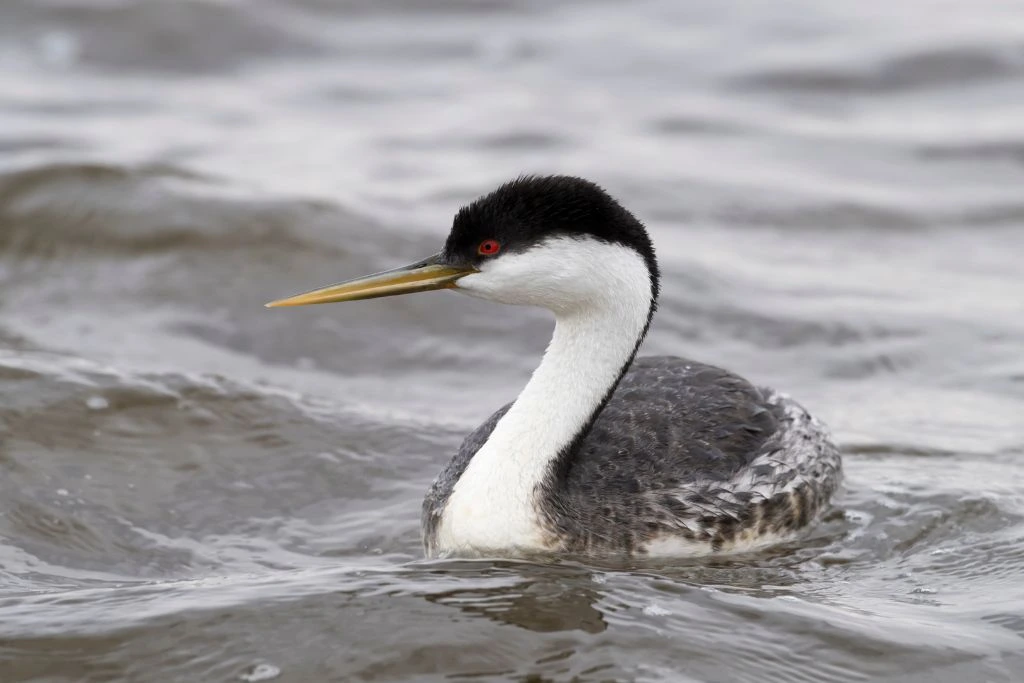
- Kingdom: Animalia
- Phylum: Chordata
- Class: Aves
- Order: Podicipediformes
- Genus: Charadrius
- Species: Aechmophorus occidentalis
- Length: Between 22 and 30 inches
- Weight: Between 1.7 and 4.4 pounds
- Wingspan: Between 31 and 40 inches
Most western grebe’s face is black, with a striking transition from black to white around the neck. Its eyes are crimson, and its bill is yellowish-green. The bird walks awkwardly on earth because its feet are positioned far back. The western grebe is a year-round resident of California, but its population peaks from September to May.
Pairs of courting birds engage in a courtship ritual to entice females. This bird was frequently exploited in the 19th century to produce coats and caps due to its waterproof plumage. When it preens, it frequently swallows its feathers, which line the stomach and shield it from the jagged fish bones.
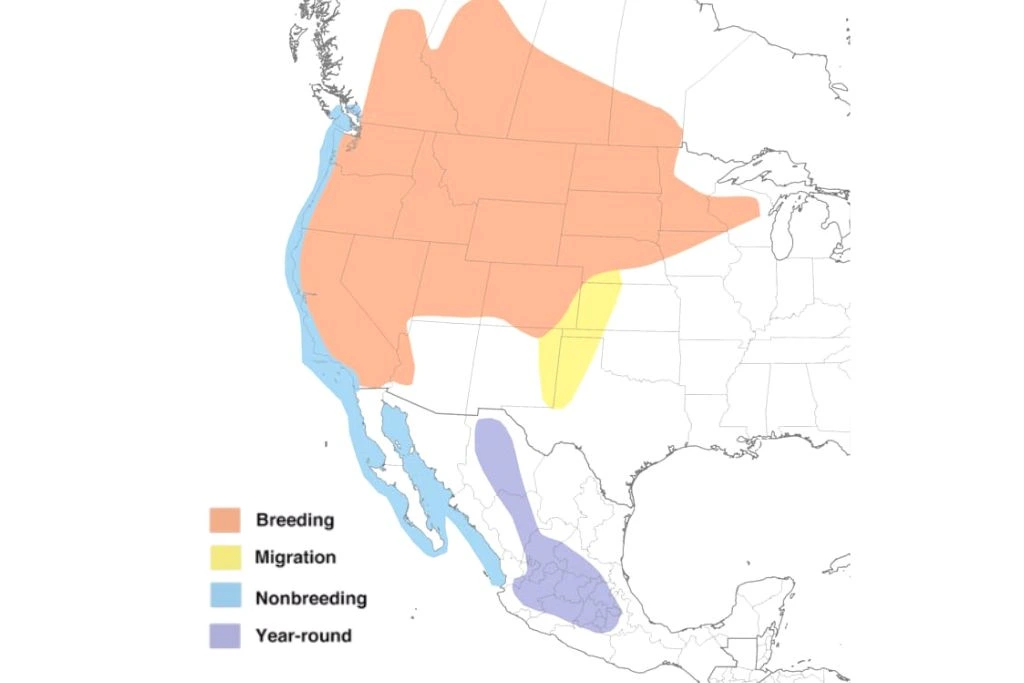
12. Common Murre
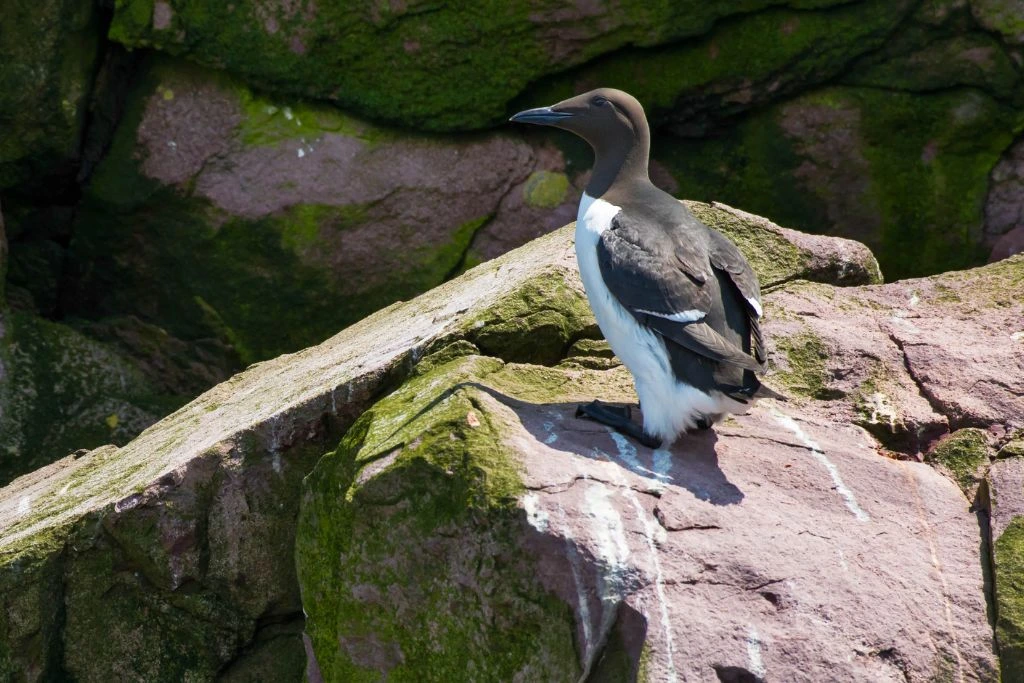
- Kingdom: Animalia
- Phylum: Chordata
- Class: Aves
- Order: Charadriiformes
- Genus: Uria
- Species: Uria aalge
- Length: Between 15 and 18 inches
- Weight: Between 1.67 and 2.75 pounds
- Wingspan: Between 24 and 29 inches
The common murre, also called the common guillemot, lives all year long in California, though the summer months are the most prevalent. The bird has a belly that is completely white and underparts that are blackish or brown. Although these two species are unrelated, it does appear something like a penguin.
The common murre often rests on the water’s surface between dives, in which it can dive as deep as 590 feet to capture prey. It has quick wing beats that may accelerate up to 50 mph and produce a noise resembling a helicopter. The female lays just one egg yearly, and common murres can identify their eggs by their distinctive markings.
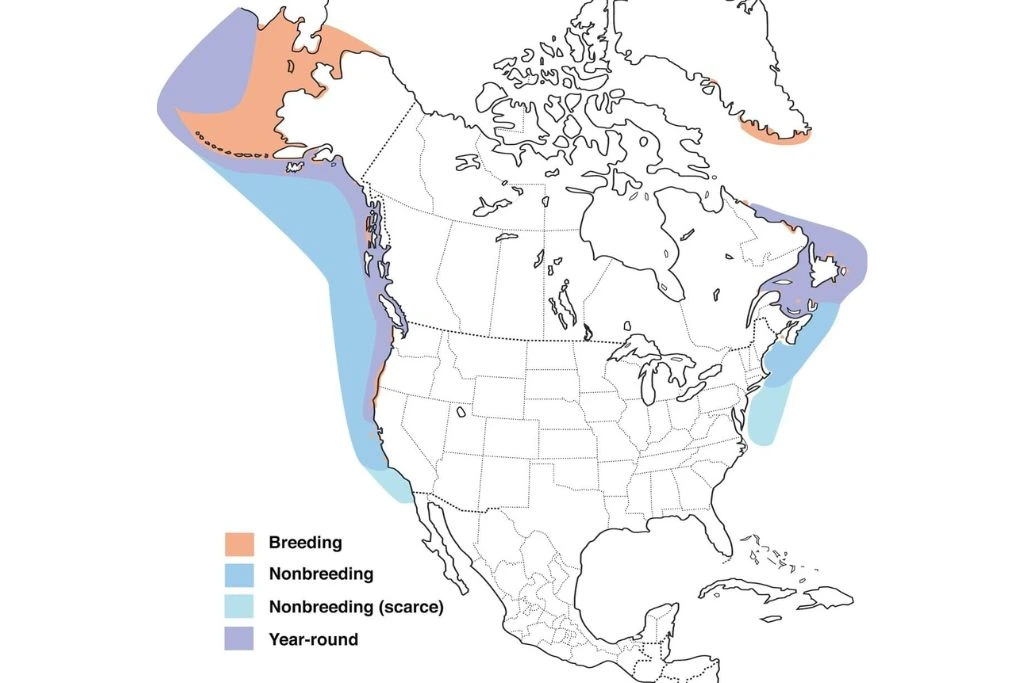
13. California Brown Pelican

- Kingdom: Animalia
- Phylum: Chordata
- Class: Aves
- Order: Pelecaniformes
- Genus: Pelecanus
- Species: Pelecanus occidentalis
- Length: Between 3.25 and 5 feet
- Weight: Between 4.4 to 11 pounds
- Wingspan: Between 6.6 and 7.5 feet
A huge seabird with a gray-brown body, a yellow forehead, and a white neck is the brown pelican. Before capturing little fish, it dives with such force that it stuns them. It spends the entire year in California and is primarily found on the Channel Islands, where its nests are hidden from humans and other predators.
The California brown pelican can hunt for prey up to 40 feet from the beach and consume up to 4 pounds of fish daily. It primarily eats sardines, mackerel, anchovies, and a few crabs. In Oregon, they are also typical seabirds.
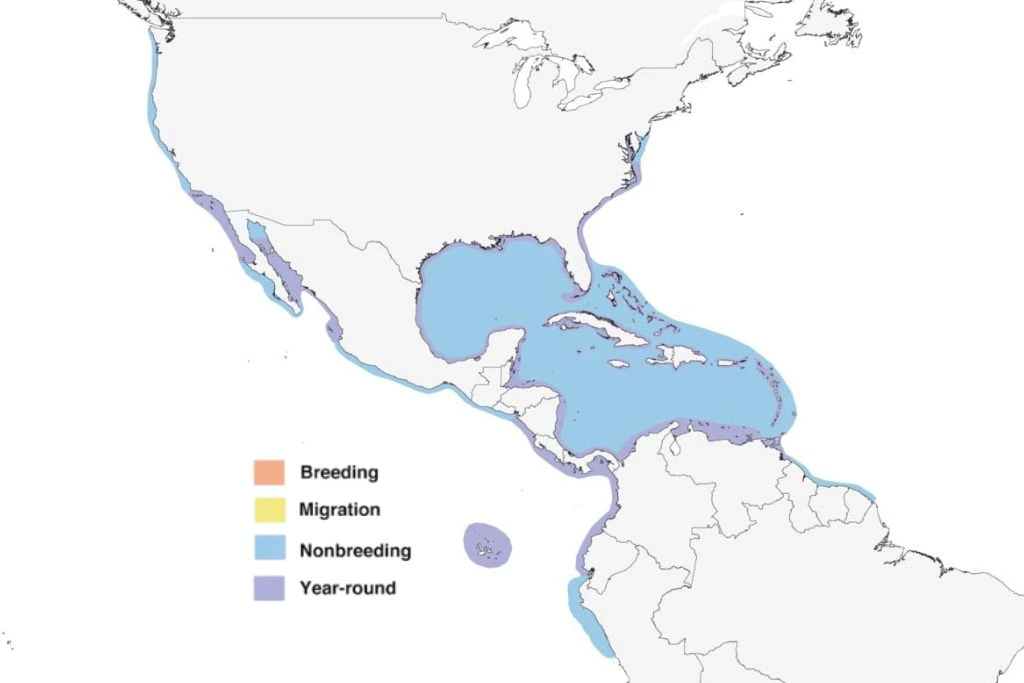
14. Common Loon
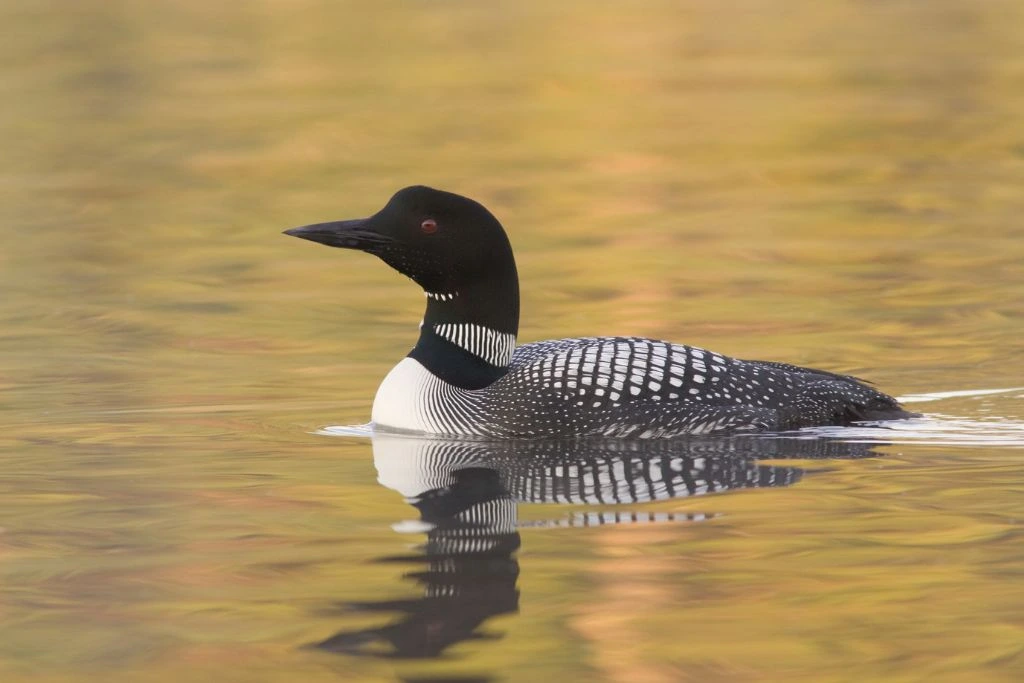
- Kingdom: Animalia
- Phylum: Chordata
- Class: Aves
- Order: Gaviiformes
- Genus: Gavia
- Species: Gavia immer
- Length: Between 26 and 36 inches
- Weight: Between 4.9 and 16.8 pounds
- Wingspan: Between 4.17 and 4.83 feet
One of the seabirds with the longest lifespans is the common loon, which has individuals who can live for more than 30 years. It has a speckled back and a black head and beak.
Common loons are robust seabirds with excellent diving skills. This bird can fly approximately 70 miles per hour and needs a runway of at least 30 yards long to take off. It spends little time on land, other than to lay eggs, and migrates to California and the Mexican coast during the winter.
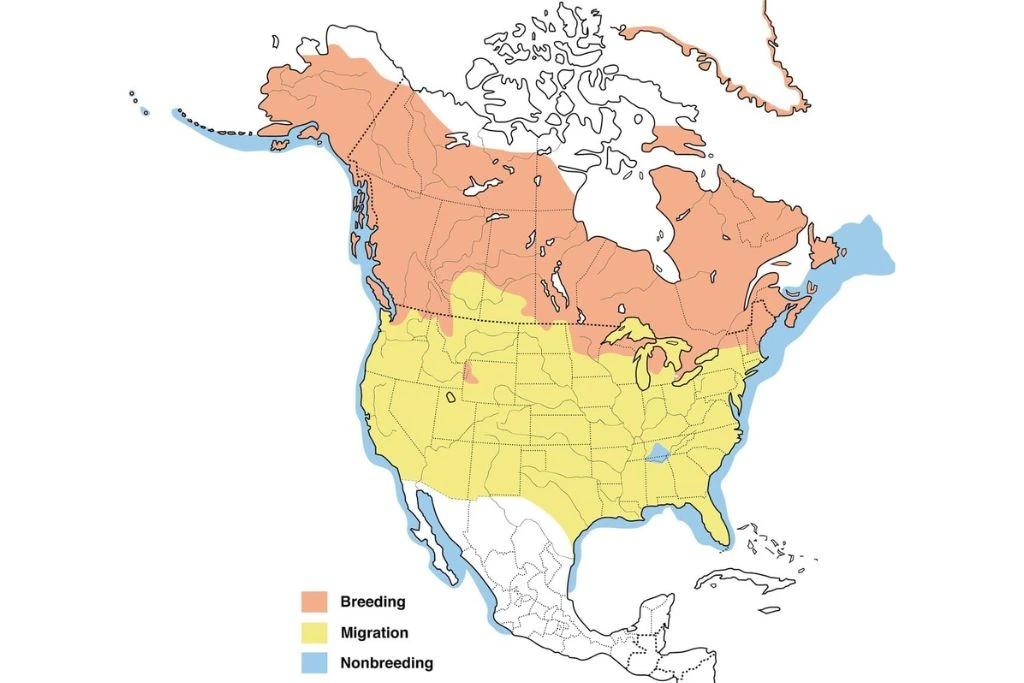
Frequently Asked Questions
What Species of Birds Inhabit the Coast of California?
Plover types, pelicans, seabirds, loons, grebes, gulls, various shorebirds, and other bird species are among the bird species that can be seen on Southern California’s beaches. Sanderlings, which appear to glide back and forth across the beach sand as a wave breaks, are constantly amusing.
What Kind of Bird Is Famous in California?
The California quail, the state bird of California, has appeared in several Walt Disney films, including “Bambi,” and its nests may hold up to 28 eggs. These enormous clutches could result from females “dropping” eggs—a practice known as “egg-laying”—in nests more than their own.
What Is the Biggest and Rarest Flying Bird in California?
The Gymnogyps californianus, also known as the California condor, is one of the biggest avian species. This is one of the rarest and most threatened birds worldwide.
What Exactly Is a Coastal Bird?
Although they rely on the land for breeding, these birds are ocean birds because they make long flights to feed in the ocean, even during the breeding season. A majority of seagulls, terns, penguins, pelicans, cormorants and auks are examples. Oceanic organisms have evolved to live mostly in the marine environment.
What Is a Shorebird?
Charadriiformes, which includes shorebirds, sandpipers, gulls, avocets, oystercatchers, and phalaropes, is a diverse collection of avian species. There are over 217 identified species of shorebirds worldwide, 81 of which spend all or part of their lives in the Americas.
What Are the Names of the Small Birds on the Beach?
Little groups of silvery, pale shorebirds prowl along the water’s edge along the winter shorelines of the Pacific and Atlantic, ebbing and flowing with each wave. Sanderlings are the name for these little sandpipers.
What Shorebird Is the Most Prevalent?
Among the most common shorebirds is the sanderling.
Conclusion
You have a great opportunity to observe and learn about several spectacular seabirds along California’s coastline, whether you live there or are just traveling for a holiday.
California is one of the most well-liked travel locations for seabird enthusiasts because it is the only home to some of the species covered in this article. All you need to do to get nearer to these amazing creatures is to have a keen eye and possibly take a pelagic tour.

